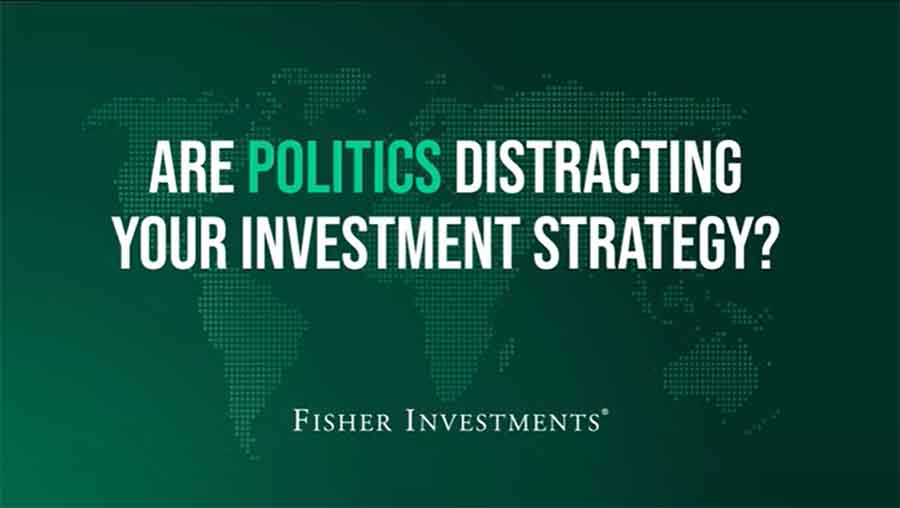Personal Wealth Management / In The News
The $44.6 Million Stegosaurus and a Thought Experiment
What would you do with $44.6 million to burn?
Amid a tense week, we all got the mental break we needed Thursday with this delightful news: Hedge fund titan Ken Griffin bought a stegosaurus fossil for $44.6 million. Good on him. He worked hard for his billions, and buying a dinosaur? Cool! But naturally, it started chatter in the office traveling down the fun rabbit hole of, if we had his net worth and liquidity, what would we do with $44.6 million?
Here are some things I would not do: buy a dinosaur. I mean yah cool fossils, science, but also, I tend to think about things like long-term market value, liquidity and the universe of potential buyers whenever I decide to sell. Is there a museum that would take it off my hands for, say, $84.9 million in 23 years? Another private collector? And how much am I going to have to pay to store it in the meantime if I choose not to display it at a museum?[i] What are the costs of the necessary security, insurance and climate control? How often does someone need to get on a big ladder and dust it? And what is my total return after I factor all those costs? After all, dinosaur bones can’t generate income unless I charge people to come have a look. Which would require more staffing, more security, more insurance. I’m out. Well, unless I can Jurassic Park it in real life, but that comes with a boatload of other attendant risks.[ii]
I probably also wouldn’t buy fancy multimillion-dollar art. Same concerns, though perhaps with more of an after market when I decide to cash out. Those Star Trek props presently up for auction? Alluring, but there is a lot of plastic, and if there is one thing I learned when cleaning out my grandparents’ house, it is that plastic degrades into crumbly ick. A museum-worthy vintage Dior dress? A close call at first, but then we are back to climate and storage worries. Ditto for Shakespeare’s first folios and anything penned by America’s founding fathers.
Nor would I buy an Indy 500-winning race car, sorely tempted as I would be. The upkeep required to preserve its value, never mind enable it to appreciate, is a lot. And if I forego that and opt for an engine-free chassis, then all I have is a colorful shell that takes up space, and we are back to the art conundrum.
Yes, obviously, I would buy Nolan Ryan’s rookie card and a signed, game-used Willie Mays baseball. Maybe a Greg Maddux baseball, too, one from his playoff victories over my Astros, because we get over these things and the Professor is an admirable one of a kind. But these are all just a few thousands of dollars of fun, and it would be about the fun, not the financial return.
Maybe I should buy an Italian villa? A French chateau? An English manor house? A beachfront retreat outside San Diego? A mountain lodge straight out of Twin Peaks? Alas, my friends, I have spent too long in financial services ever to countenance real estate as an investment. It is an illiquid albatross with high upkeep costs and omnipresent vulnerability to seismic, atmospheric and manmade factors outside my control. You say Southern California beachfront property, I say giant fire risk that could slide off the hill with the next earthquake. Even without the risk of earthquake, fire and flood washing my “investment” away, there are the massive ongoing maintenance costs. There is a reason so many manor houses converted to hotels in the 20th century. They are giant cash-sucking black holes. No thank you, real estate.
And that includes apartments, hot in the headlines following The Wall Street Journal’s quasi-exposé on the so-called Apartment King. With $44.6 million at my disposal, I might not have to risk more than my initial investment by leveraging to the hilt. But do I want to be a property manager? Pay the ongoing facilities maintenance costs? Deal with the taxes and tenants? Or pay mountains of money for companies to deal with that for me? Especially if governments will limit my ability to cover my rising costs by raising rents over time? Seems like a money pit.
Should I pull a Jay-Z and buy into a sports team? Maybe, but with broadcast revenues potentially at an apex as the media landscape shifts, I am not about to pencil in forever-rising franchise values. Start my own racing team? Not unless I want to have none of that $44.6 million left in eight years. It is a high-cost labor of love, not a profit center.
Then, too, maybe this really isn’t all about me. If I have resources, I could use them for the good of mankind! Maybe a charitable donation, then? A big one? Maybe. But are there other ways I could productively deploy these assets—or grow them and donate even more in time?
Sure. There are two other options worthy of consideration. I can invest my imaginary $44.6 million, putting it in ye olde stock market, where companies can use it to grow their businesses, putting more people to work over time and bringing society more nifty goods and services. It would be good for me, too, because I would earn a lovely rate of return over time, if the past 100 years are a reliable guide, but I think it is really one of those things where everyone wins, as capital invested helps fuel growth downstream.
Or, I can take a page from Fisher Investments’ Founder and Executive Chairman Ken Fisher’s book and start a business.[iii] With $44.6 million in startup capital, I wouldn’t have to scramble for initial funding. I wouldn’t have to dilute my ownership with venture capital money. I wouldn’t need to go hat in hand to the bank. I could simply have my little idea, start it in my little room, prove my concept with some initial customer buy in, scale up and grow from there. I like to think society would benefit from my widgets or services, and I would have to create jobs to make it all work. Lots of them, if it grew and got big. I would make money, they would earn money, people would get to buy things they like. Yay, yay and yay.
In the end, we all have two options for our money. We can fritter it or let it stagnate, whether with trophy purchases, “investments” that don’t work out or other subpar decisions. Or we can turn it into more money and maybe make some other people better off in the process, all through the simple power of investing—whether we are investing in other people’s companies or one we start.
Again, not throwing shade at Mr. Griffin. We are all free to choose the path to deploy that money. And hey, the stegosaurus looks cool, I totally get it. But for me, it would be a different road.
[i] Griffin plans to display his dino in an American museum, which is nice.
[ii] Source: The movie.
[iii] An actual book, as it happens, one I helped him out with a few years back, buy it, it really is a great read.
If you would like to contact the editors responsible for this article, please message MarketMinder directly.
*The content contained in this article represents only the opinions and viewpoints of the Fisher Investments editorial staff.
Get a weekly roundup of our market insights
Sign up for our weekly e-mail newsletter.

See Our Investment Guides
The world of investing can seem like a giant maze. Fisher Investments has developed several informational and educational guides tackling a variety of investing topics.





